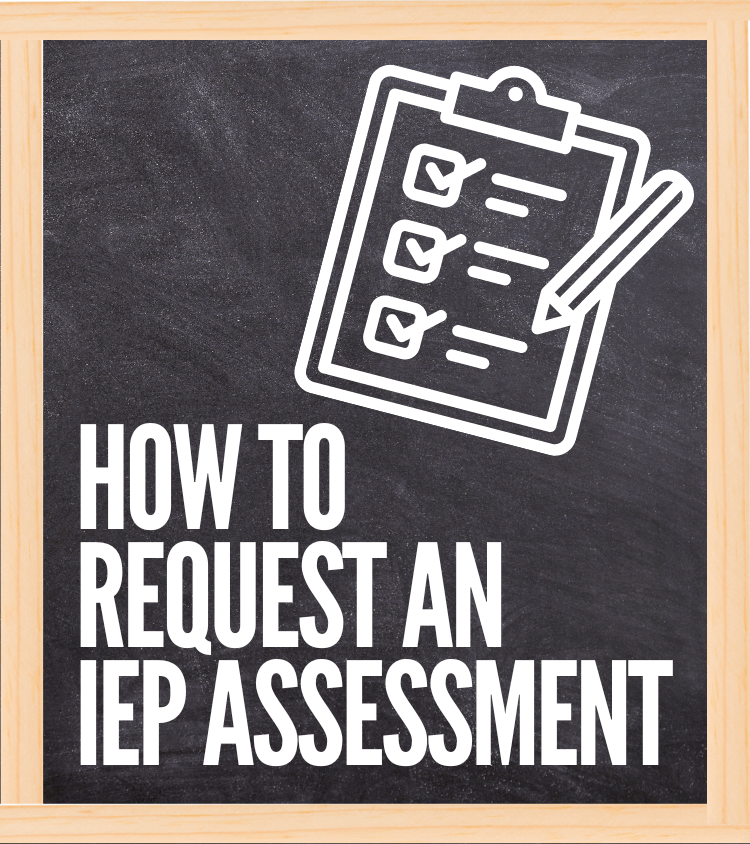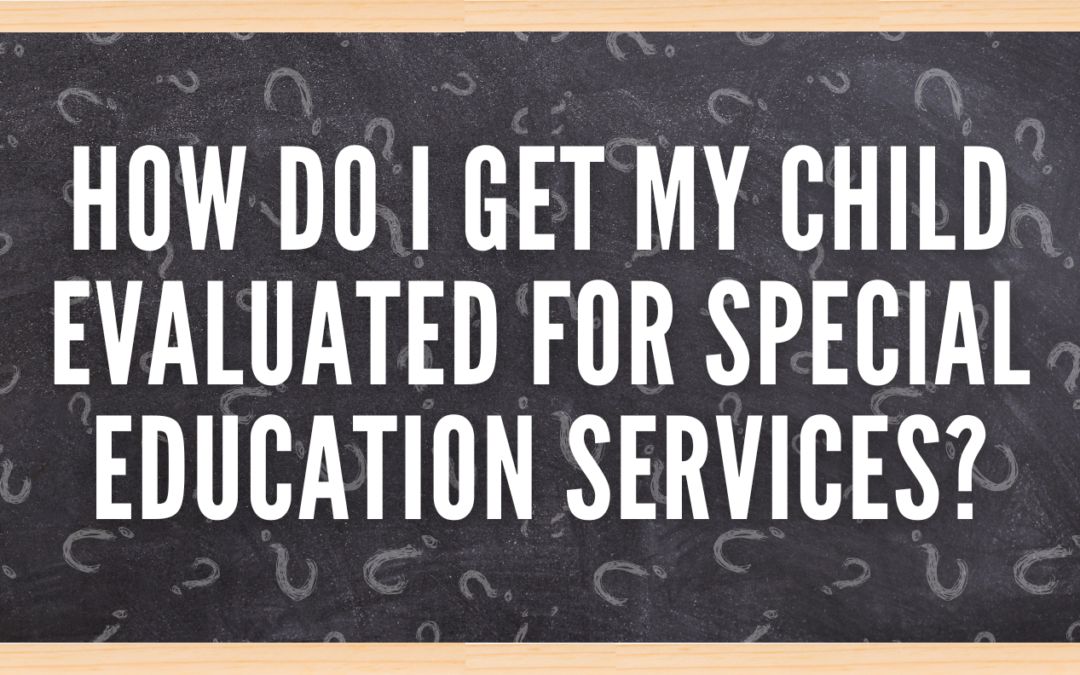
Many parents ask us, “how do I get my child evaluated for special education?” A parent or another person involved with the student and their education can request an initial evaluation for special education if they suspect the child might have a disability that is making it difficult for them to fully participate in their education. The person requesting the initial IEP assessment does not need to know specifically what disability the student might be presenting with. The referral only needs to indicate to the school district that the child is suspected of having a disability. Once the request is made for an initial evaluation, the school district should assess the student to determine if the student is a child with a disability, and if that disability is preventing the student from accessing their education.

Once a request for an IEP assessment has been made, the school district has sixty (60) days from receiving consent from the parent to complete all of the necessary IEP evaluations. In order for a parent to consent to a set of initial assessments, they must receive an assessment plan from the district. Parents must then sign the assessment plan and return it to the school district. The sixty (60) day time line begins upon the parent’s signature on the assessment plan.
In the event the parent requests an assessment prior to a school break of more than five (5) days, the timeline will stop and restart when school resumes. For example, if a parent requests an initial assessment in May of the school year and signs an assessment plan consenting to the process two weeks before school ends in June, the assessment will not be completed until after the summer school break.

An IEP assessment must use a variety of testing methods, tools and strategies that gather data and information in all suspected areas of disability. These areas can include; academics, psycho-educational concerns including social, emotional and behavioral data, speech and language difficulties, occupational therapy deficits including both fine motor and gross motor functioning, physical health, adaptive skills and vocational abilities. Each IEP evaluation is meant to gather data and information to ascertain if the student is a child with a disability in any of these possible areas.
It is important to keep in mind that the school district cannot use a single testing tool as determinative, nor can they simply observe your child and decide from only an observation. In addition, the testing cannot be discriminative in nature. Each assessment must be administered by a trained professional in the area being assessed. The assessments must be administered in accordance with the instructions and the results must be reliable and valid. Finally, all testing must be administered in the child’s primary language.

In addition to formal testing, the IEP assessment process should include information gathered from parents, teachers and possibly outside medical and mental health professionals who are familiar with the student and their educational struggles. The school district should also include data from the student’s general standardized testing, classroom testing and a review of the student’s overall education records.

Once the IEP evaluations are completed, it is time for the parents and the IEP team to come together to discuss if the student is eligible for special education services. Ordinarily, this is the point in time where the parents receive a date and time to attend an initial IEP meeting. At this meeting the assessors will review their findings and the team and the parents will discuss if the child exhibits a disability that requires special education services to adequately access their education.
If it is agreed upon by the IEP team and the parents that the assessments show that the child is a student with a disability that is interfering with their ability to participate in their education, the student will be found eligible for a special education services and an IEP will be drafted. The IEP will provide a menu of interventions, services, supports and/or accommodations to better assist the student in accessing their education.


Recent Comments